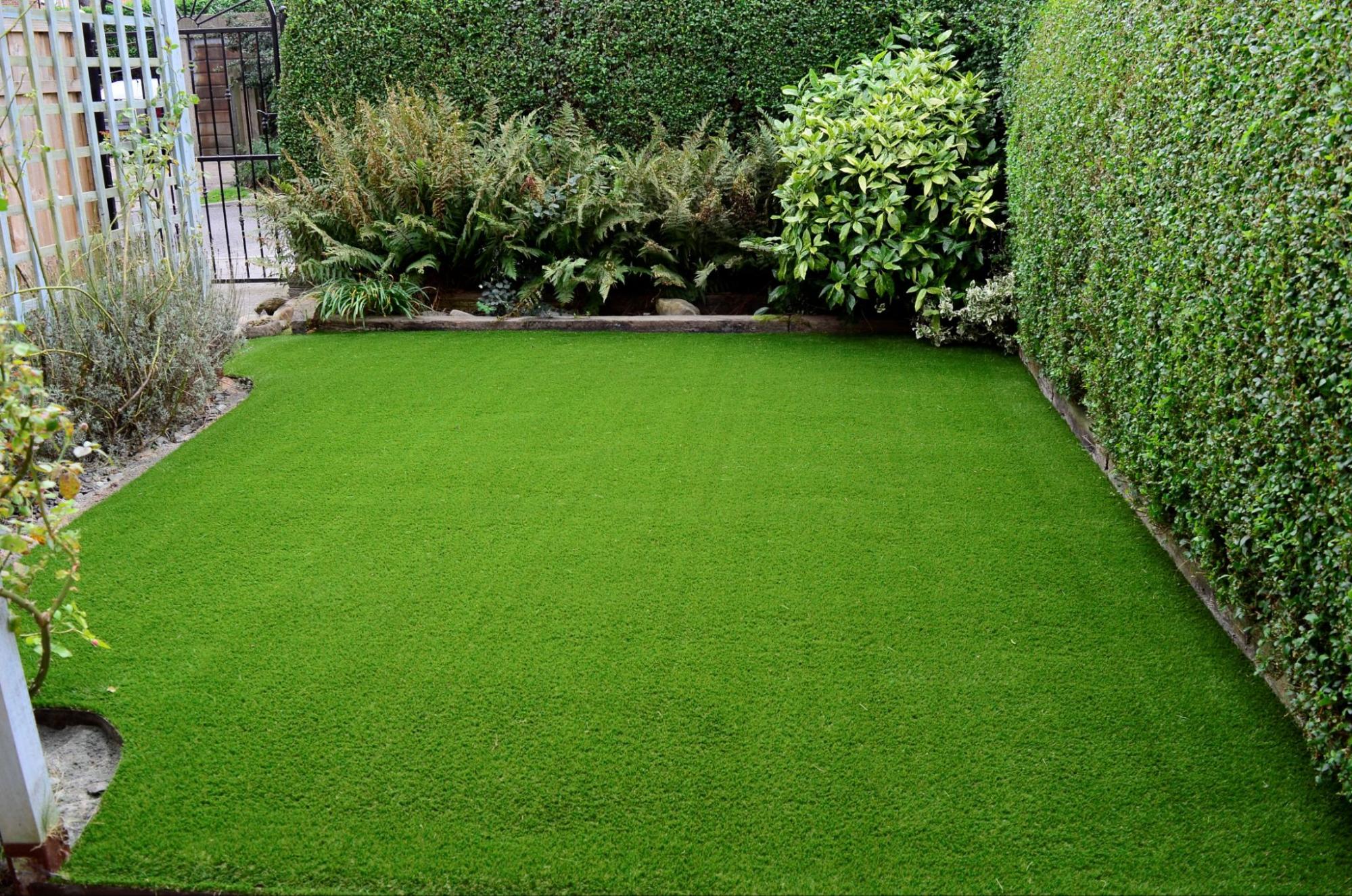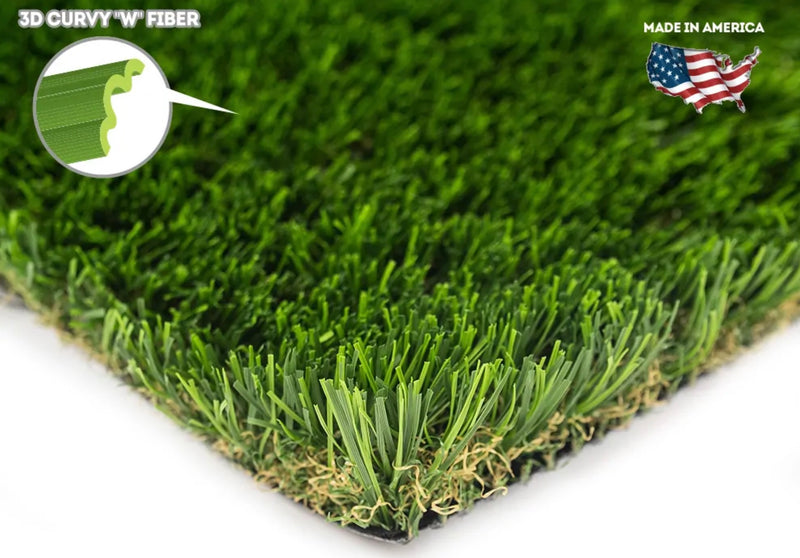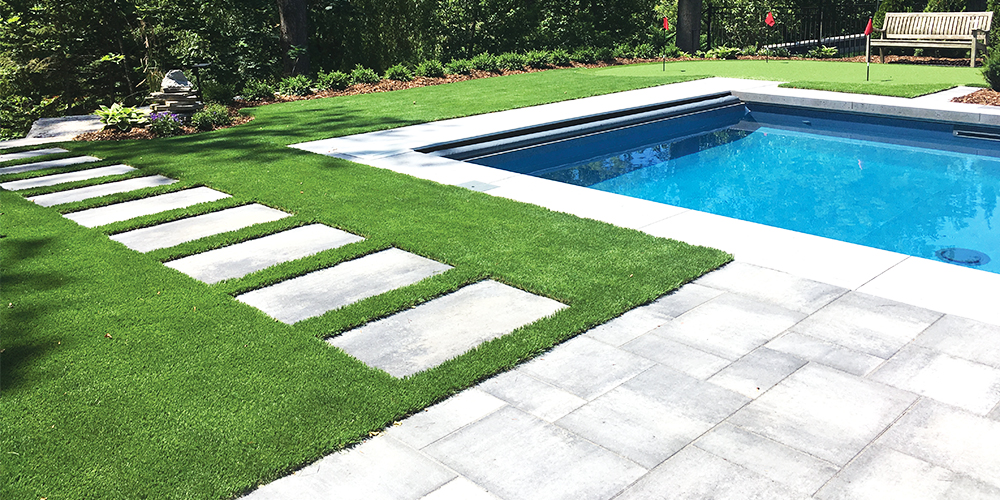Select Reliable Artificial Turf Companies Phoenix for High-Quality and Natural-Looking Grass
Explore the Environmental Benefits of Opting for Synthetic Grass Solutions
The fostering of synthetic lawn remedies provides an engaging possibility to deal with pressing environmental obstacles. By dramatically minimizing water use and decreasing the application of dangerous chemicals, these choices not only advertise sustainable landscape design however likewise protect neighborhood ecological communities.
Water Preservation Perks
Among the most significant benefits of synthetic turf is its capability to preserve water. Traditional yard yards call for substantial watering, especially in areas vulnerable to dry spell or water limitations. On the other hand, synthetic grass does not need watering, substantially minimizing the general demand for water sources. This function is specifically advantageous in deserts where water deficiency is a pressing issue.
By getting rid of the requirement for normal watering, synthetic grass contributes to lasting landscape practices and aids reduce the environmental impact of excessive water usage. The preservation of water prolongs to the reduction of runoff, which can lead to soil disintegration and river air pollution.
In addition, the installment of synthetic grass allows house owners and municipalities to assign water sources much more effectively, concentrating on crucial uses such as alcohol consumption water and farming. The shift towards synthetic grass not just advertises liable water usage but likewise straightens with wider environmental goals focused on preserving natural resources.
As areas progressively prioritize sustainability, the water preservation advantages of fabricated lawn present a compelling instance for its fostering in commercial and residential landscaping projects.
Lowered Chemical Usage
The transition to synthetic turf significantly reduces the dependence on chemical treatments typically made use of in natural lawn maintenance. Standard turf administration commonly includes the application of herbicides, fertilizers, and pesticides to advertise growth and control parasites. These chemicals can pose risks to human health and wellness, regional wild animals, and the atmosphere, adding to soil and water contamination.
In contrast, synthetic grass eliminates the requirement for these dangerous compounds. When mounted, it requires very little maintenance, primarily including normal cleaning and occasional infill replenishment. This decrease in chemical use not just profits the immediate environment but additionally adds to more comprehensive eco-friendly stability. By reducing the launch of artificial compounds right into the community, synthetic grass advertises healthier dirt and water systems.
Furthermore, the lack of chemical runoff connected with synthetic grass setups helps protect local waterways from pollution, supporting water life and maintaining biodiversity. Phoenix turf companies. As communities progressively focus on sustainable techniques, choosing artificial turf provides a sensible option that straightens with environmental conservation goals. Through this change, homeowner can take pleasure in lush environment-friendly spaces without compromising eco-friendly wellness, leading the way for a much more lasting future
Lower Carbon Footprint

In addition, the installment of synthetic grass can result in substantial water conservation. All-natural lawns need substantial quantities of water for watering, which not only contributes to the carbon impact related to water removal and therapy yet also pressures neighborhood water resources. In comparison, artificial turf needs marginal upkeep, requiring no watering, thus substantially reducing water use and its connected energy prices.
In addition, the long life of synthetic grass adds to its lower carbon effect. With a life-span of up great post to read to 15 years or even more, the demand for frequent substitutes is diminished, causing less waste and reduced power consumption in production and dealing with traditional turf choices. In general, man-made grass provides a sustainable choice for eco conscious landscape design.
Environment Conservation
Environment preservation is a crucial consideration in the discussion over landscape design selections, especially when comparing man-made lawn to all-natural yard. All-natural lawn yards usually call for comprehensive maintenance, consisting of making use of chemicals, fertilizers, and herbicides, which can negatively affect regional ecosystems. These chemicals can leach into the dirt and waterways, harming native vegetation and animals and interrupting neighborhood environments.
Fabricated grass removes the need for dangerous chemicals, thus securing close-by wildlife and preserving the integrity of surrounding environments. More hints The installation of man-made lawn can lead to the conversion of former turf areas into more biodiverse landscapes, such as pollinator yards or native plant areas, which can sustain regional wildlife.
Ultimately, the shift to synthetic grass not only saves water and reduces maintenance initiatives but also cultivates an extra unified connection between human activities and the natural atmosphere, advertising environment preservation at the same time.
Long-Term Sustainability
Lasting sustainability is an essential consider reviewing the benefits of synthetic grass over traditional grass lawns. Among one of the most considerable benefits of synthetic grass is its longevity; it can last approximately 15-20 years with minimal upkeep, whereas all-natural grass requires constant reseeding and replacement. This durability lowers the need for continuous sources, such as water, fertilizers, and chemicals, which are vital for keeping a healthy yard yard.
Furthermore, synthetic grass adds to a reduction in carbon discharges connected with lawn treatment equipment. Conventional lawns commonly need gas-powered lawn mowers, leaners, and blowers, all of which add to air contamination. Arizona turf. In comparison, synthetic see this site grass gets rid of the requirement for such devices, advertising a cleaner setting
Furthermore, the manufacturing of synthetic grass increasingly uses recycled products, enhancing its sustainability account. As makers adopt environment-friendly practices, the environmental impact of fabricated grass continues to lessen.

Final Thought
The fostering of fabricated lawn remedies offers substantial ecological benefits, including significant water preservation, decreased reliance on harmful chemicals, and a reduced carbon footprint. Man-made turf help in preserving natural environments by minimizing land disruption and promoting long-lasting sustainability through the use of durable products. Jointly, these factors underscore the possibility of man-made grass to add positively to environmental wellness and offer a viable alternative to standard landscaping practices in an increasingly resource-conscious world.
In contrast, man-made lawn does not require watering, substantially lowering the overall demand for water resources. By decreasing the release of artificial substances into the community, fabricated grass advertises healthier soil and water systems.
In addition, the setup of artificial lawn can result in substantial water preservation. In comparison, fabricated turf needs minimal upkeep, calling for no watering, therefore significantly minimizing water usage and its linked power costs.
